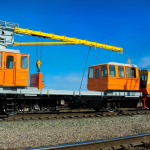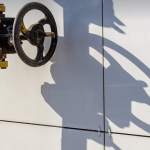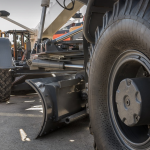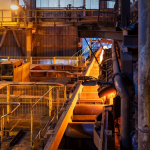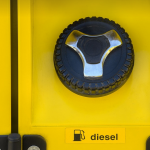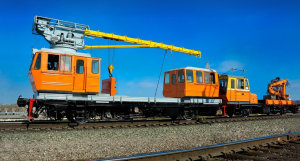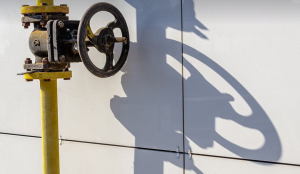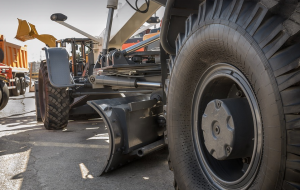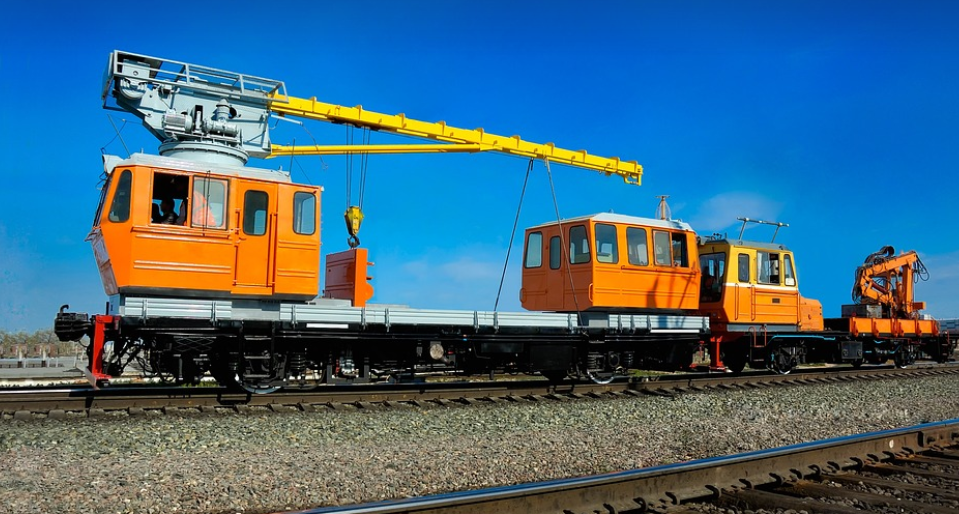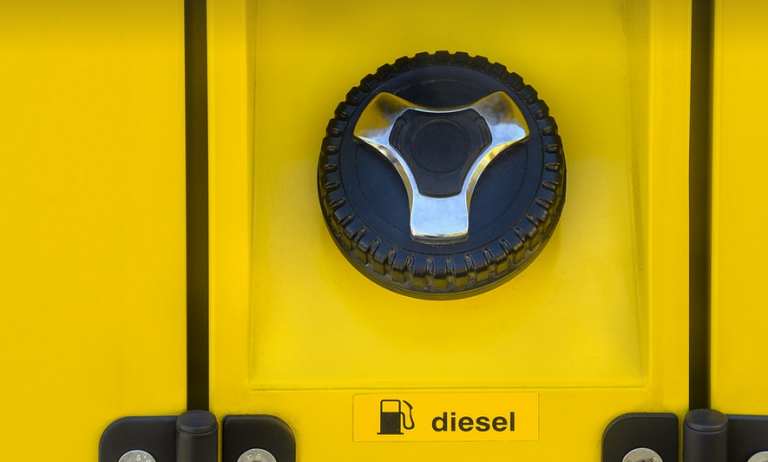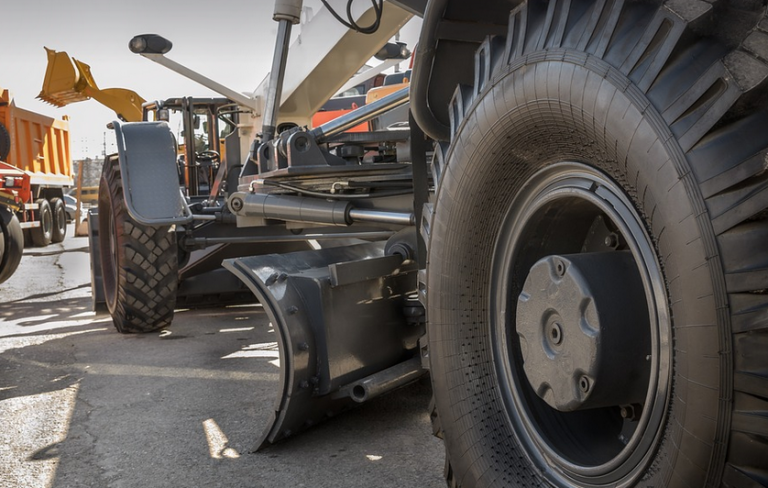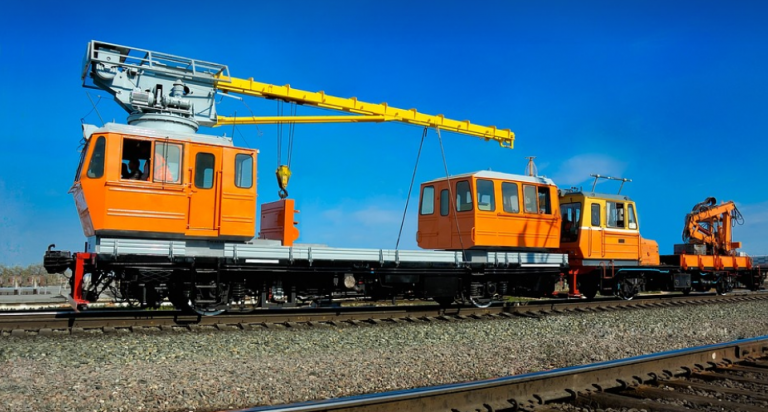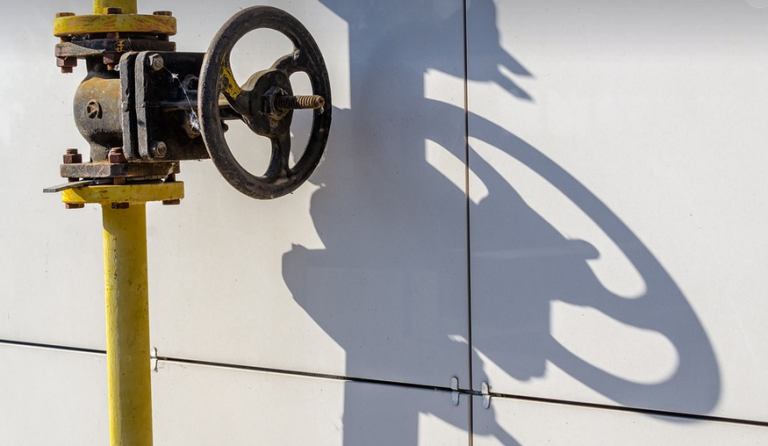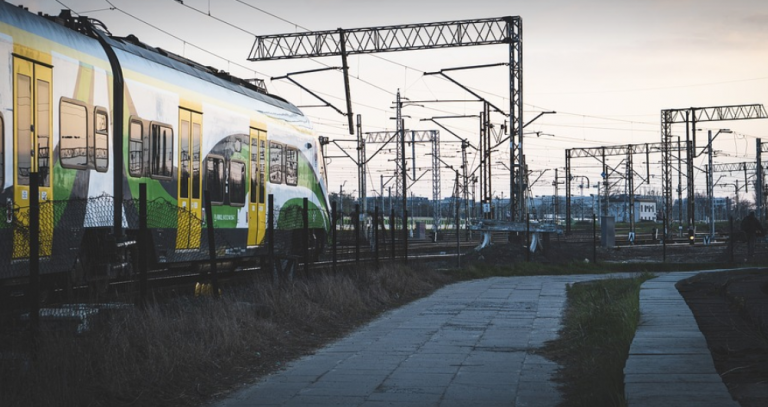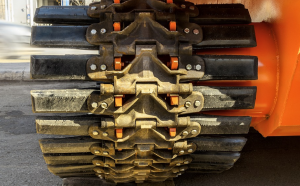What Makes a Weld “Good” or “Bad”?
Welding – the art of joining metals together using high heat and pressure – is a crucial skill in various industries, from construction to automotive repair. But just like any craft, there’s a big difference between a good weld and a bad one. Understanding these differences can save you money, ensure safety, and lead to longer-lasting projects.
A good weld leaves a clean, strong, and aesthetically pleasing bond. It should be structurally sound and resistant to stress, corrosion, and fatigue. A bad weld, on the other hand, often creates weak spots, compromises structural integrity, and can ultimately fail prematurely. There’s no one-size-fits-all answer; the “good” or “bad” label depends heavily on the type of welding, its purpose, and the experience level of the welder.
Let’s dive deeper into some key aspects that distinguish good from bad welds:
Good Welding: The Fundamentals
**Proper Preparation:** Before even touching the metal, good weld preparation is paramount. This involves cleaning the surfaces thoroughly to remove rust, dirt, and any contaminants that could hinder the welding process. A clean surface allows for better penetration of the heat, resulting in a stronger bond.
**Correct Electrode Selection:** The type of electrode used depends on the material you’re welding. Different electrodes have varying melting points, deposition rates, and properties that impact the weld’s appearance and strength. Choosing the right electrode is crucial for achieving desired outcomes. For instance, stick electrodes are great for thick metals, while TIG (tungsten inert gas) electrodes are ideal for thin materials due to their high heat control.
**Understanding Filler Metal:** Filler metal helps bridge gaps between base metals during welding. Good welders understand the properties of different filler metals and choose them based on the type of weld they’re making, the material being joined, and desired welding procedure requirements. Using a filler metal that matches the base metal in composition ensures seamless joining.
**Welding Process Selection:** Different welding processes offer varying degrees of precision and control. TIG welding, for example, offers high-quality welds with minimal distortion and excellent control over heat input. MIG (metal inert gas) welding is another popular option known for its speed and ease of use. The choice of process depends on the specific project requirements.
**Proper Weld Positioning:** Position plays a significant role in weld quality. Welding at an incline or off-center can cause distortion, affecting the final product’s integrity. Proper positioning ensures the weld is made accurately, resulting in a strong and consistent bond.
**Consistent Heat Control:** A skilled welder learns to control the heat input of the welding process – precise temperature and duration for each specific joint formation, ensuring high-quality welds without causing uneven deformation.
Quality Control & Inspection: After every weld, it’s essential to inspect it thoroughly. This involves checking for penetration depth, bead shape, and appearance. A skilled welder understands the visual signs of a good or bad weld. They use non-destructive testing methods like ultrasonic testing (UT) and X-ray inspection – methods that can detect flaws without damaging the welded component.
Bad Welding: Common Pitfalls to Avoid
**Improper Preparation:** A lack of thorough surface preparation can lead to weak welds. Rust, dirt, paint, and other contaminants hinder proper heat penetration and welding, ultimately resulting in a poor weld with increased risk of failure. It’s important to remember that a clean, smooth base metal is the foundation for a good weld.
**Inconsistent Electrode Selection:** Choosing the wrong electrode can lead to uneven welds or even incomplete fusion. A proper understanding of the properties of different electrodes and their suitability for specific welding tasks is crucial for achieving consistent results.
**Filler Metal Mismanagement:** Incorrect filler metal choice leads to weld porosity, inconsistent bead shapes, and reduced weld strength. Using the wrong filler material can significantly impact the final product’s quality.
**Welding Without Precision:** Welding without proper technique and control can lead to uneven welds with poor penetration. This often results in weaker joints that are susceptible to failure. It is imperative to master the welding techniques required for specific projects and materials.
**Insufficient Heat Control:** An uncontrolled heat input during welding can cause excessive distortion, warping, or over-heating of the base metal. It’s crucial to control the heat input precisely using appropriate equipment and techniques; a skilled welder understands how to achieve proper melting without causing unintended deformations
**Lack of Quality Control & Inspection**: Bad welds are often overlooked because they might not be immediately apparent. It is essential to inspect every weld thoroughly for any defects, including gaps, porosity, cracks, or uneven bead formation; this ensures the weld’s integrity and prevents potential failures later on.
The Importance of Professional Welding
While welding can seem straightforward, achieving a high-quality weld requires skill, patience, and knowledge. It is best to leave it to professionals when your safety or project’s success depends on the integrity of the welded joint. Professionals have years of experience and access to specialized equipment, guaranteeing superior results.
**Conclusion:** Welding is an art form that blends technical expertise with precise execution. Understanding the key factors determining “good” and “bad” welds helps ensure safety, longevity, and cost-effectiveness in various projects. Whether you are a DIY enthusiast, a construction professional, or a passionate welder, mastering the fundamentals and seeking guidance from experts can greatly enhance your welding prowess.
